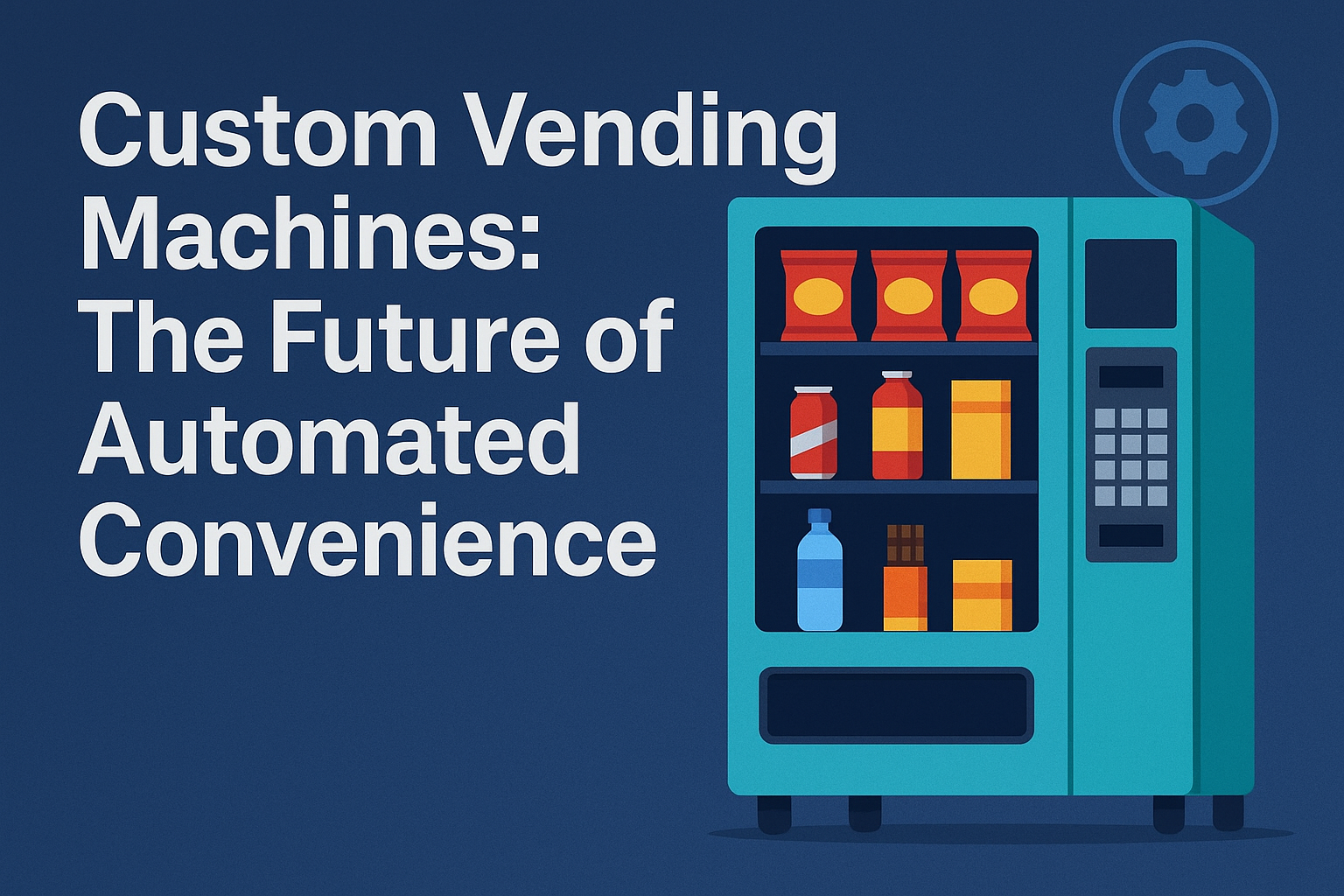Tech
From Bulky Machines to Smart Software: Machine Vision AI Reimagines Visual Inspection

In the ever-evolving landscape of manufacturing, visual inspection has long been a critical component of quality control processes. Traditionally, this task has been tackled by bulky, specialized machines that relied on predefined rules and rigid programming to identify defects and anomalies. However, as technology continues to advance at a breakneck pace, a new paradigm is emerging – one that replaces these cumbersome hardware solutions with intelligent, flexible software powered by the cutting edge of artificial intelligence (AI) and machine learning.
At the forefront of this revolution is Intelgic’s AI Machine Vision System, a groundbreaking solution that harnesses the power of advanced AI algorithms and sophisticated computer vision technology to reimagine visual inspection altogether. By leveraging the capabilities of machine vision AI, Intelgic’s system transcends the limitations of traditional approaches, ushering in a new era of precision, adaptability, and cost-effectiveness.
Unveiling the Advantages of Machine Vision AI
Machine Vision AI offers a compelling alternative to traditional inspection methods, boasting several key advantages:
- Software Revolution: Traditional machine vision systems often involved dedicated cameras and processing units, requiring significant physical space and specialized personnel for setup and maintenance. Machine Vision AI, on the other hand, leverages the power of software. These intelligent algorithms can be integrated with existing cameras or industrial PCs, eliminating the need for bulky dedicated hardware. Imagine a production line where a single computer, equipped with Machine Vision AI software, can analyze video feeds from multiple cameras, performing complex inspections without the need for additional physical infrastructure.
- Scalability Made Simple: Traditional systems often require extensive reprogramming or hardware upgrades to adapt to changes in production lines or defect types. Machine Vision AI, however, is inherently scalable. Adding new cameras or increasing processing power is a simple software configuration. Furthermore, the AI can be continuously trained on new defect examples, ensuring its effectiveness even as production processes and materials evolve. Imagine a manufacturing facility that can easily adapt its inspection system to accommodate a new product line or a change in material composition, all through software updates.
- Reduced Costs and Streamlined Operations: The elimination of bulky hardware and the need for specialized personnel translates to significant cost savings for manufacturers. Machine Vision AI leverages existing infrastructure, minimizing upfront investment. Additionally, the ease of use and remote configurability of the software streamline operations, reducing reliance on in-house expertise for system maintenance.
- Enhanced Flexibility for Diverse Applications: Traditional machine vision systems are often designed for specific inspection tasks. Machine Vision AI, however, offers remarkable flexibility. With proper training, a single AI system can be adapted to inspect a wide range of products and identify diverse defect types. Imagine a single AI system seamlessly inspecting both car windshields for scratches and medical device components for microscopic cracks, all within the same production line.
The Transformative Power of AI
Machine Vision AI goes beyond simply automating visual inspection. It offers a holistic approach to quality control, transforming manufacturing operations in several ways:
- Real-Time Defect Detection and Intervention: Traditional methods often rely on post-production inspections, leading to wasted resources and potential product recalls. Machine Vision AI operates in real-time, analyzing video streams to identify defects as they occur on the production line. Imagine catching a faulty weld on a car frame the moment it’s assembled, allowing for immediate corrective action and preventing a cascade of downstream issues. This real-time intervention translates to significant cost savings and minimizes production bottlenecks.
- Data-Driven Insights for Continuous Improvement: AI systems not only identify defects but also collect valuable data on their types and frequency. This data becomes a goldmine for manufacturers, providing insights into potential weaknesses within production processes. By analyzing defect trends, manufacturers can take proactive measures to improve processes, ultimately reducing waste and enhancing overall efficiency. Imagine identifying a recurring pattern of chipped paint on a specific assembly line component. This data could point to issues with the painting process, allowing for targeted improvements and a reduction in future defects.
- Predictive Maintenance: Preventing Downtime Before it Disrupts: Advanced AI systems can be trained to identify subtle anomalies in equipment performance that may indicate potential failures. This predictive maintenance capability allows manufacturers to address equipment issues before they escalate into costly downtime. Imagine identifying a potential bearing failure in a critical machine well before it breaks down, allowing for preventative maintenance and ensuring smooth-running operations. This proactive approach minimizes production disruptions and maximizes equipment uptime.
A Glimpse into the Era of Edge Computing AI
As AI technology continues to evolve, the future of Machine Vision AI promises even greater possibilities:
- The Rise of Edge Computing AI: Currently, Machine Vision AI often relies on powerful centralized servers for processing. The future lies in edge computing AI, where processing power is distributed closer to the point of data collection (i.e., the cameras on the production line). This reduces latency and bandwidth requirements, enabling faster real-time decision making and improved overall system responsiveness. Imagine an AI system that analyzes video feeds directly on the factory floor, eliminating the need for data transmission to a central server, and allowing for immediate corrective actions in case of defects.
As manufacturers embrace machine vision AI and leverage its capabilities, they not only unlock new realms of precision and efficiency but also position themselves as industry leaders, driving quality excellence and securing a competitive edge in an increasingly demanding global marketplace.
The future of visual inspection is not merely an evolution – it’s a revolution, and machine vision AI is at the forefront of this transformative shift. By harnessing the power of intelligent software and cutting-edge AI algorithms, manufacturers can transcend the limitations of the past and reimagine what’s possible in quality control, paving the way for a future of unparalleled excellence and operational efficiency.
-

 Tech11 months ago
Tech11 months agoHow to Use a Temporary Number for WhatsApp
-

 Business2 years ago
Business2 years agoSepatuindonesia.com | Best Online Store in Indonesia
-

 Social Media1 year ago
Social Media1 year agoThe Best Methods to Download TikTok Videos Using SnapTik
-

 Technology1 year ago
Technology1 year agoTop High Paying Affiliate Programs
-

 Tech7 months ago
Tech7 months agoUnderstanding thejavasea.me Leaks Aio-TLP: A Comprehensive Guide
-

 Instagram3 years ago
Instagram3 years agoFree Instagram Auto Follower Without Login
-

 Instagram3 years ago
Instagram3 years agoFree Instagram Follower Without Login
-

 Technology11 months ago
Technology11 months agoLeverage Background Removal Tools to Create Eye-catching Videos



















